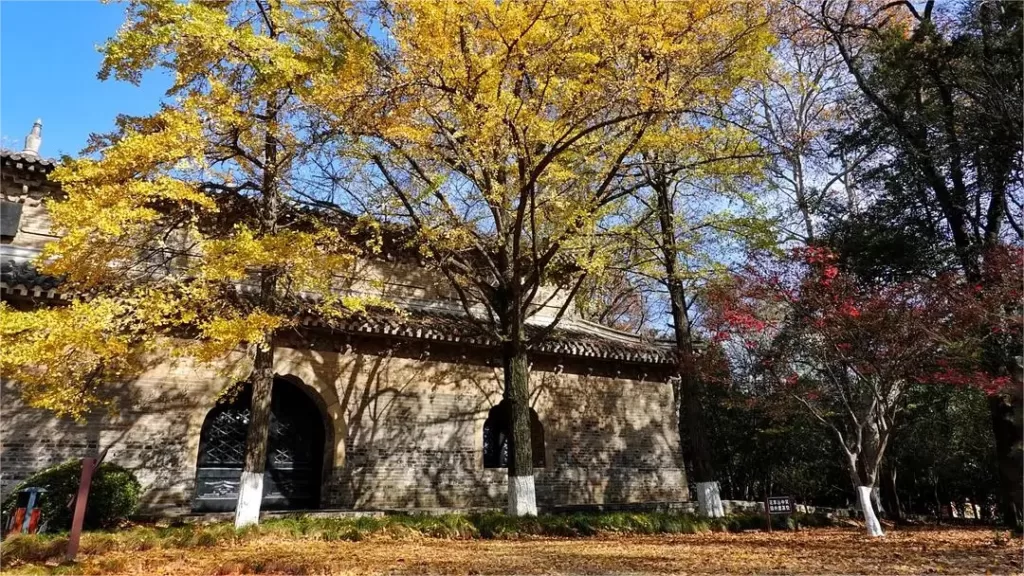灵谷寺无梁殿--非凡的建筑瑰宝


The Non-Beam Hall, also known as the Wuliangdian (无梁殿), is a remarkable architectural gem located within the Linggu Temple complex in Nanjing, China. As one of the most renowned temples in the country, Linggu Temple is steeped in rich history and cultural significance. The Non-Beam Hall, in particular, stands out as a magnificent testament to traditional Chinese craftsmanship and architectural ingenuity.
Situated at the foot of Purple Mountain, Linggu Temple was originally constructed in 515 AD during the Liang Dynasty. Over the centuries, it underwent numerous renovations and expansions, ultimately evolving into the grand complex that exists today. The Non-Beam Hall, a highlight of the temple, was added during the Ming Dynasty in the early 15th century.
What sets the Non-Beam Hall apart is its unique architectural design. Unlike most traditional Chinese buildings, which rely on wooden pillars and beams for support, this hall stands without a single beam or column. The absence of structural supports is a remarkable feat of engineering that has fascinated visitors for centuries. The entire weight of the hall, including its ornate roof and intricate decorations, is borne by a complex system of interlocking brackets and brackets hidden within the walls.
The Non-Beam Hall covers an area of approximately 500 square meters and features an elegant, double-eaved roof adorned with vibrant, multi-colored glazed tiles. The roof curves gracefully upwards at the corners, creating a visually striking silhouette against the sky. Intricate carvings of dragons, phoenixes, and other mythical creatures embellish the wooden brackets, adding a touch of grandeur to the hall’s exterior.
Entering the Non-Beam Hall, visitors are immediately captivated by the expansive space and serene atmosphere. The absence of obstructive beams allows natural light to pour in from all directions, illuminating the hall’s interior. The walls are adorned with exquisite murals depicting Buddhist deities, celestial beings, and scenes from ancient Chinese legends. Intricately carved wooden screens separate different sections of the hall, enhancing its spatial dynamics.
The Non-Beam Hall serves as a place of worship and meditation, with Buddhist statues and shrines adorning its central platform. The tranquil ambiance and harmonious architectural design make it an ideal space for contemplation and spiritual reflection. Visitors can take a moment to appreciate the intricate craftsmanship, marvel at the historical significance, and immerse themselves in the timeless beauty of Chinese architecture.
Beyond its architectural splendor, the Non-Beam Hall also holds cultural and historical importance. It stands as a symbol of China’s rich cultural heritage and serves as a reminder of the craftsmanship and engineering prowess of ancient artisans. Linggu Temple itself is dedicated to commemorating fallen heroes of the Republic of China, making the Non-Beam Hall an integral part of the temple’s significance as a national memorial site.
In conclusion, the Non-Beam Hall in Linggu Temple is a true marvel of architectural brilliance. Its unique design, absence of structural supports, and intricate decorations make it a must-visit destination for admirers of Chinese culture and history. With its serene ambiance and cultural significance, the Non-Beam Hall stands as a testament to the enduring legacy of Chinese craftsmanship and architectural ingenuity.